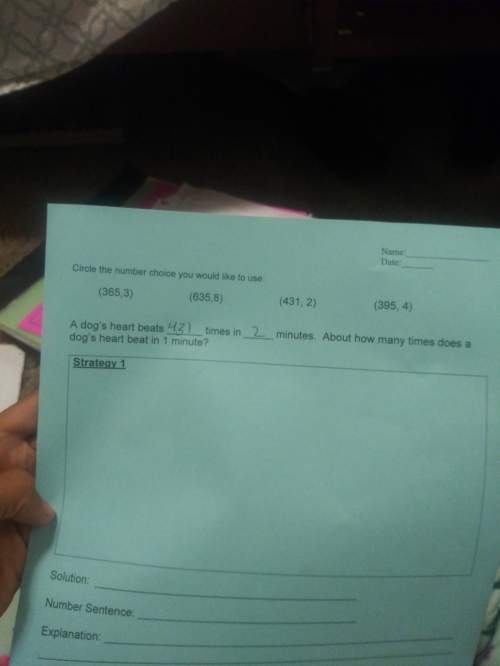
Physics, 21.04.2020 16:33, ashleyprescot05
A particle at rest leaves the origin with its velocity increasing with time according to v(t) = 3.2t m/s. At 5.0 s, the particle’s velocity starts decreasing according to [16.0 – 1.5(t – 5.0)] m/s. This decrease continues until t = 11.0 s, after which the particle’s velocity remains constant at 7.0 m/s. (a) What is the acceleration of the particle as a function of time? (b) What is the position of the particle at t = 2.0 s, t = 7.0 s, and t = 12.0 s?

Answers: 2
Other questions on the subject: Physics

Physics, 21.06.2019 22:00, Osorio5116
Identify the forces that contribute to the centripetal force on the object in each of the following examples: a. a bicyclist moving around a flat, circular track b. a bicycle moving around a flat, circular track c. a racecar turning a corner on a steeply banked curve
Answers: 1

Physics, 22.06.2019 00:00, angelequej1167
Which is not a characteristic of a heat pump? a. it is used in air conditioners. b. it uses a refrigerant. c. it requires no work. d. it reverses the normal flow of thermal energy.
Answers: 2

Physics, 22.06.2019 10:30, antoinewill05
J. j. thomson’s experiment disproved the theory that an atom
Answers: 3

Physics, 22.06.2019 17:10, mrylenastewart
The particles that are found in the nucleus of an atom are
Answers: 1
Do you know the correct answer?
A particle at rest leaves the origin with its velocity increasing with time according to v(t) = 3.2t...
Questions in other subjects:




History, 01.08.2019 13:00

Mathematics, 01.08.2019 13:00

Social Studies, 01.08.2019 13:00

Mathematics, 01.08.2019 13:00


Mathematics, 01.08.2019 13:00







